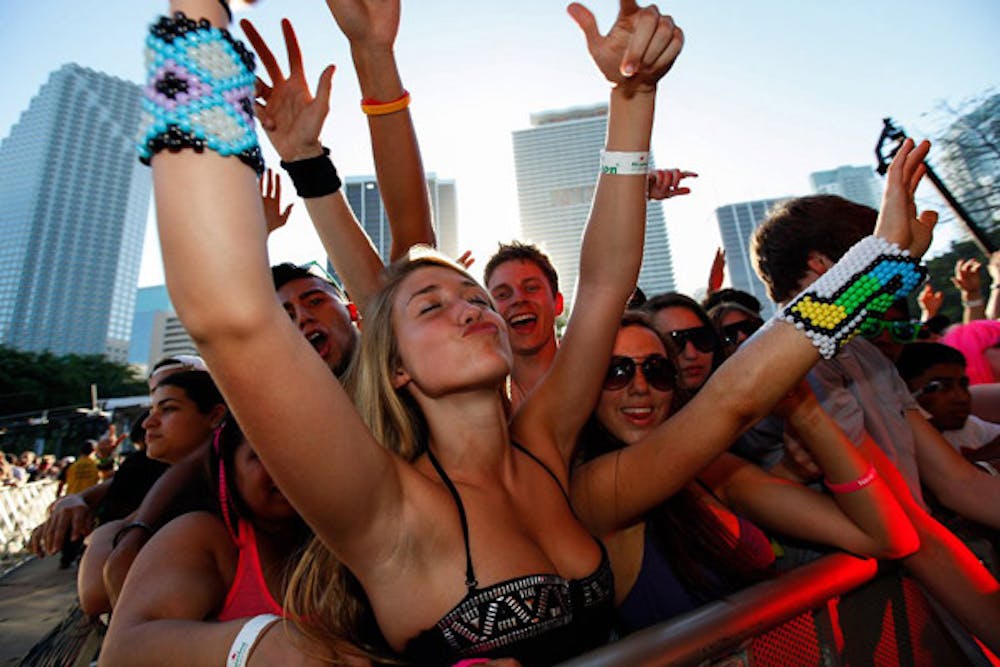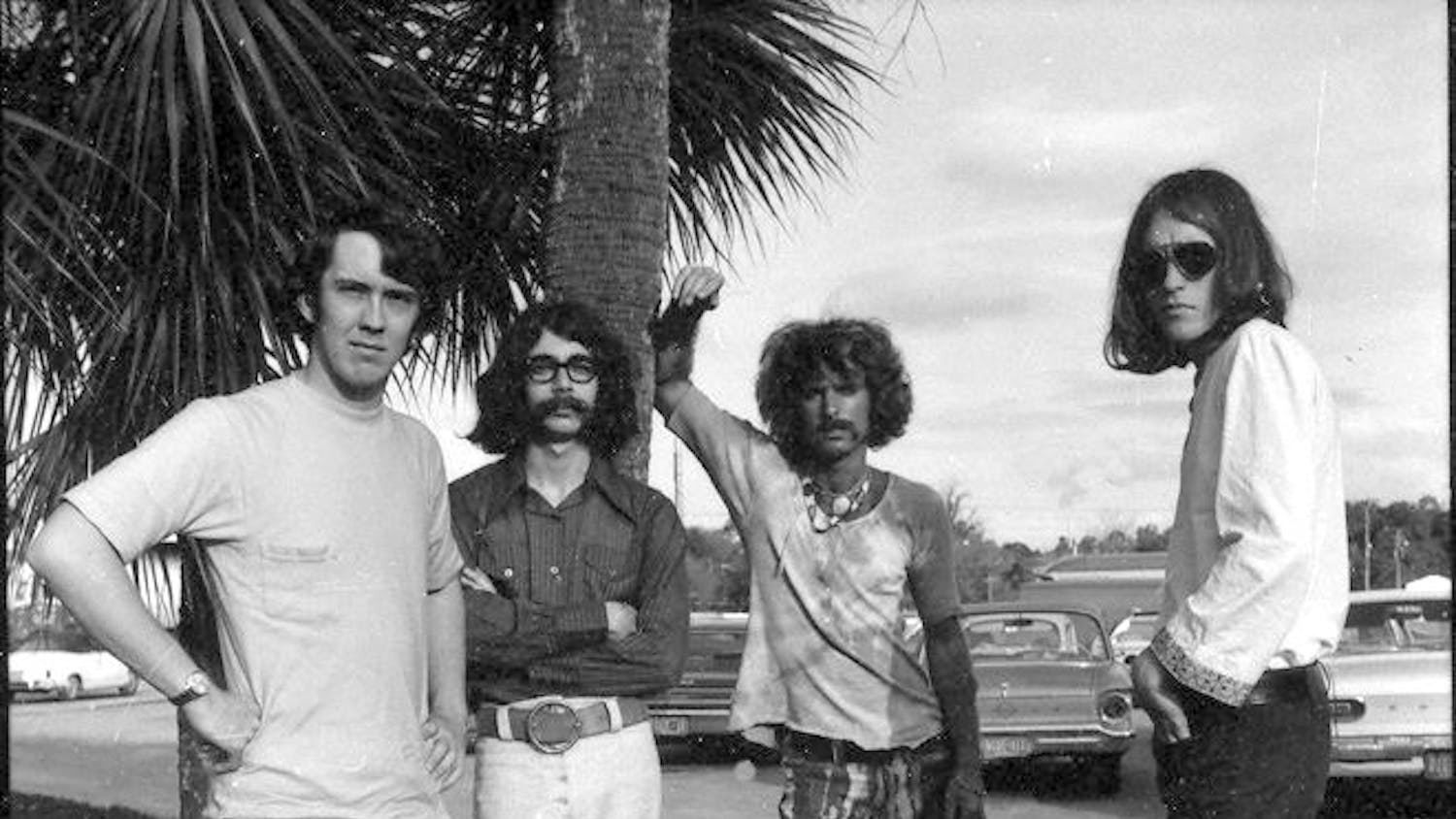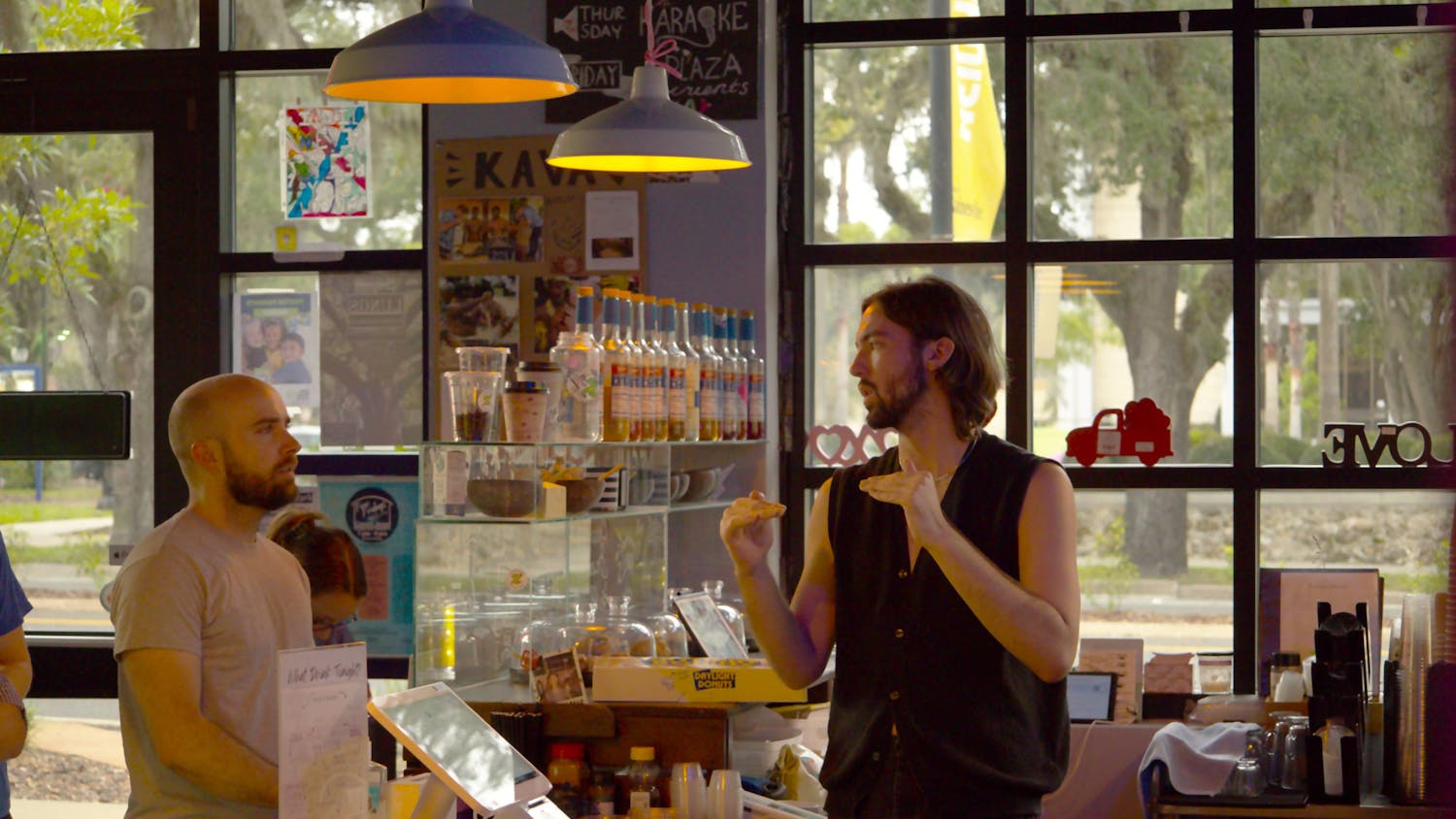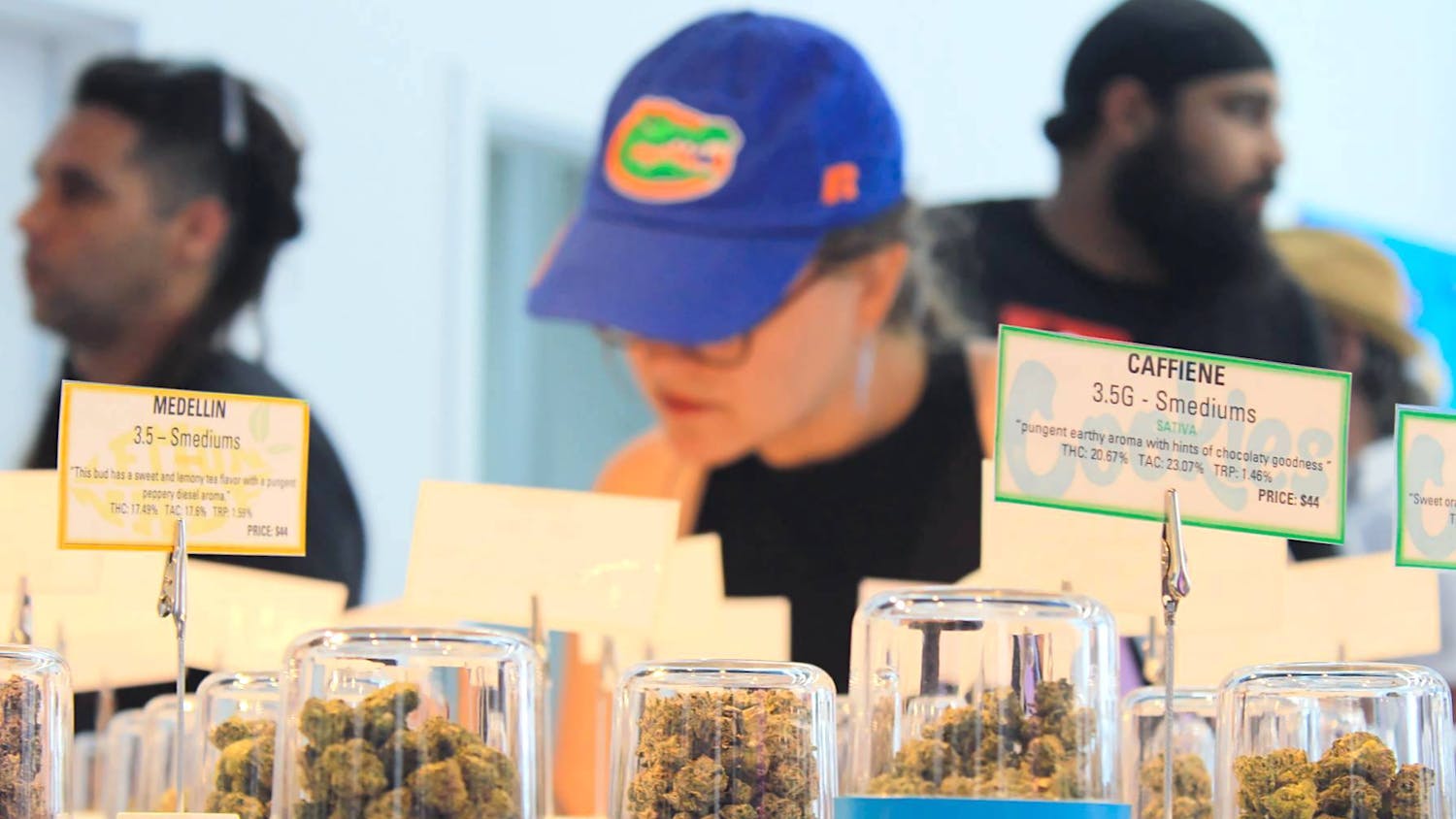The recent revival of electronic music into the music scene over the last several years has finally started to make an impact on modern pop culture. Although many might see it as yet another audio trend that will come and go (like the ’90s techno fad), I have to say this time around it’s much bigger and much more groundbreaking.
What separates today’s electronic dance movement from that of the latter decade is that this time it has seeped into almost every aspect of our entertainment industry. Just take a look at this video commercial below for Weetabix Cereal. What do you hear in the background? Dubstep, one of electronic music’s youngest and fastest-spreading dance styles. It’s now all over cable television.
Electronic music is no longer confined to the underground music scenes of major metropolitan cities in the U. S. In places like Europe and Australia, the sound has been prominent ear candy to many for almost 10 to 20 years, but it’s just finally starting to kick-off here in America.
You can now find electronic dance music blasting in homes all over the country — from the small Florida beach towns to the plains of Tornado Alley and all the way to the fishing ports of the Northwest. You can even hear it playing on mainstream radio stations nationwide, something that was considered too risky for audiences only just a few years ago.
What differentiates this music addiction from others in the past is its ability to embed itself into all aspects of modern pop culture. Back in the 90s, rising electronic music pioneers like Moby, Carl Cox and Tiesto were, for the most part, relatively obscure and independent in their music production, with niche fan bases. Other music styles often mocked and ignored their unique talents, only contributing to the stereotypes of “underground rave culture” that led to the eventual, but temporary, decline of the movement’s growth in the late 1990s.
“And Moby, you can get stomped by Obie...Let’s go, it’s over, nobody listens to techno.” - Eminem
It was about time that the reality of “rave culture” came back to catch today’s entertainment industry by surprise. It began with the slow revival of underground dance music in places like New York, Miami and Los Angeles. This time, however, electronic music was back with a new twist to recapture everyone’s attention.
Techno, progressive, trance and minimal house music were no longer key. Now, it was all about the birth of the eclectic array of new dance styles like dutch house, fidget house, electro house, glitch hop, dubstep and moombahton. There was something different about this new generation of dance music, though; it was heavier, grungier, funkier and much more addictive.
If you’ve ever attended an electronic dance show (or rave, if you want to call it that), then you’re aware of all the rowdy and adventurous fun that comes with participating. With astounding stage lighting setups, mesmerizing laser lights shows, mind-boggling theatrics,and some of the most diversified music around today, there’s no reason to deny the fact that electronica has captured the hearts of our generation.
But, it’s not all picture perfect. In fact, I’d call it bittersweet.
Raves have always been known for the inevitable presence of excessive drug use by attendees and, from time to time, the occasional deaths associated with overdose, dehydration, seizures, etc. Unfortunately, electronic dance shows today are no exception. They’re reaching audiences that are almost double that of previous times.
The music isn’t to blame, in my opinion, and neither is the scene. People choose to involve themselves in illegal substance use because, as biased as this may sound, it is fun and exhilarating. To top it off, when something like recreational drug use has adapted itself into mainstream normality, its flame is hard to put out, let alone slow down. Nonetheless, there are some individuals who are incapable of maintaining themselves under such mind- and body-altering experiences. That’s where part of the problem lies.
Moving on, sometimes even the media, particularly the artists themselves, is to blame for the hype surrounding Molly. For example, looking back at this year’s Ultra Music Festival Miami, there is one moment that I would assume a majority of festival-goers can remember as the so-called “highlight of the weekend.”
I have to disagree with that. I am talking about Madonna’s surprise guest appearance on stage for Avicii’s closing set on Saturday night. She is an interesting guest, as she is an iconic pop figure in today’s music world. But what I feel ruined the surreality of it all was her reference to Molly. I wish I could find a shorter video of just her introduction, but this one seems to be the best quality.
If you are unfamiliar with who Molly is, it’s OK. As popular as she has gotten in the past year, it’s totally understandable if you haven’t heard about her yet.
Sorry to burst any one’s bubble, but she is not really a person. She is an pseudonym for a new drug that has become common at music festivals and concerts worldwide. Her scientific abbreviation is MDMA — also know to many as ecstasy.
To top it all off, Madonna’s new single and future album title is called “MDNA,” is an abbreviation for her name but also an obvious reference to MDMA. Clever? Probably not, considering her younger fan base isn’t exactly keen to that, but who knows, now Molly might even establish herself into pop music normalcy?
Madonna’s callout for Molly in front of the massive main stage at this year’s Ultra, which probably hosted about half of the festivals roughly 150,000 attendees, has seen mixed reactions by the media since its occurrence. Personally, I don’t think it was the smartest move, considering Ultra was being streamed live for viewers outside the festival to view from their own home.
It just exposed the wrong message about electronic music in my eyes. Even electronic powerhouse producer Deadmau5 had some negative responses to her acts. You can read more here.
Yeah, people engage in drugs at these shows, but that’s a personal choice. Events like Ultra Music Festival are about the music, the vibes and the experience you get from meeting countless amounts new artists you are exposed to on its massive lineup. It’s a global phenomenon that all too many people see in the wrong light.
One last example I would like to tap into is a new song and video by French electronic dance artist Cedric Gervais called “Have You Seen Molly?” I am actually a fan of the Miami-based producer, but this video strays away from his average taste and, once again, the message at hand shouldn’t be the immediate focus of the track.
Even though it’s subliminal, it think we all agree that in 2012, Molly has made her presence felt. Below is the official video to his new track. Have a quick look and try to conceptualize the idea behind it all if you can: the water bottles, the glow sticks, neon clothing and excessive body touching.
I really hope this isn’t the message being sent to high schoolers who are just getting into electronic dance music. Because frankly, this is not what it’s all about.
Posts in Sound Drip appear on Wednesdays. Follow @bionicbeatlab on Twitter.
Even though it’s subliminal, it think we all agree that in 2012, Molly has made her presence felt.






